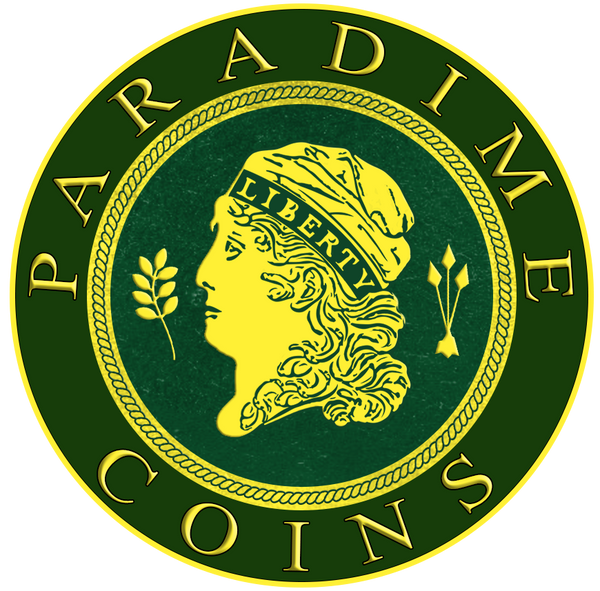1840 1C Large Date, BN (Regular Strike)
Share

The 1840 1C Large Date, BN (Regular Strike) is a captivating piece from the realm of American numismatics, reflecting not only the artistry of its time but also the sociopolitical milieu of the early 19th century. The mintage for this specific variant of the 1840 Large Cent stands at 2,462,700, as recorded by the Philadelphia Mint. Each coin in this series bears the inherent charm of antique craftsmanship, revealed in its design and historical significance.
This particular coin is designated under the PCGS #1820, and its large date feature is one of the defining characteristics, distinguishing it from the small date variety. In terms of rarity, the 1840 Large Date is sought after by collectors, especially in higher grades. The notable brown (BN) color indicates that the coin has retained its original patina, a testament to its enduring quality. Brown models are traditionally less expensive than their Red Brown (RB) and Red (RD) counterparts due to the lower quantity of those better-preserved coins. The history of the 1840 Large Cent tells a story of the American penny evolving both in design and manufacturing process. Designed by Christian Gobrecht, the coin features the classic Liberty Head, which was a prevalent icon throughout the series.
The obverse displays a young, feminine representation of Liberty, while the reverse showcases a laurel wreath encircling the denomination "One Cent." In examining recent auction results for similar 1840 Large Date, BN coins, prices can vary significantly based on condition. Commonly, coins in lower grade conditions can fetch prices around $20 to $50, while those in mint state or with higher certification grades often reach into the hundreds or even over a thousand dollars.
For instance, a high-grade example might sell for around $1,200 or more, depending on market demand and extent of preservation. From a numismatist’s perspective, the 1840 1C Large Date, BN coin is revered for its representation of the cultural and economic atmosphere of the United States during a period of westward expansion and the burgeoning Industrial Revolution. The coin embodies a tangible link to the past and maintains a special allure due to its genuine antiquity and relatively high mintage compared to modern standards.
Numismatists and collectors often study these coins for die variations and minting peculiarities, which can include differences in the denticles, alignment, and any minor engraving nuances. These minute differences result from the handcrafted nature of the original dies, which are of significant interest to those who analyze the coinage meticulously.
For current collectors and investors intrigued by these numismatic treasures, leveraging resources such as auction houses and detailed numismatic databases offers insight into acquisition strategies and the coin’s evolving market value. Understanding these sales trends aids collectors in making informed purchasing and selling decisions, contributing to the ongoing fascination with the rich tapestry of American coinage history.





